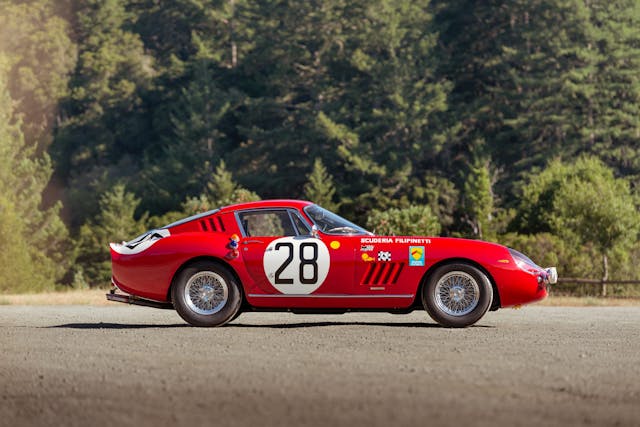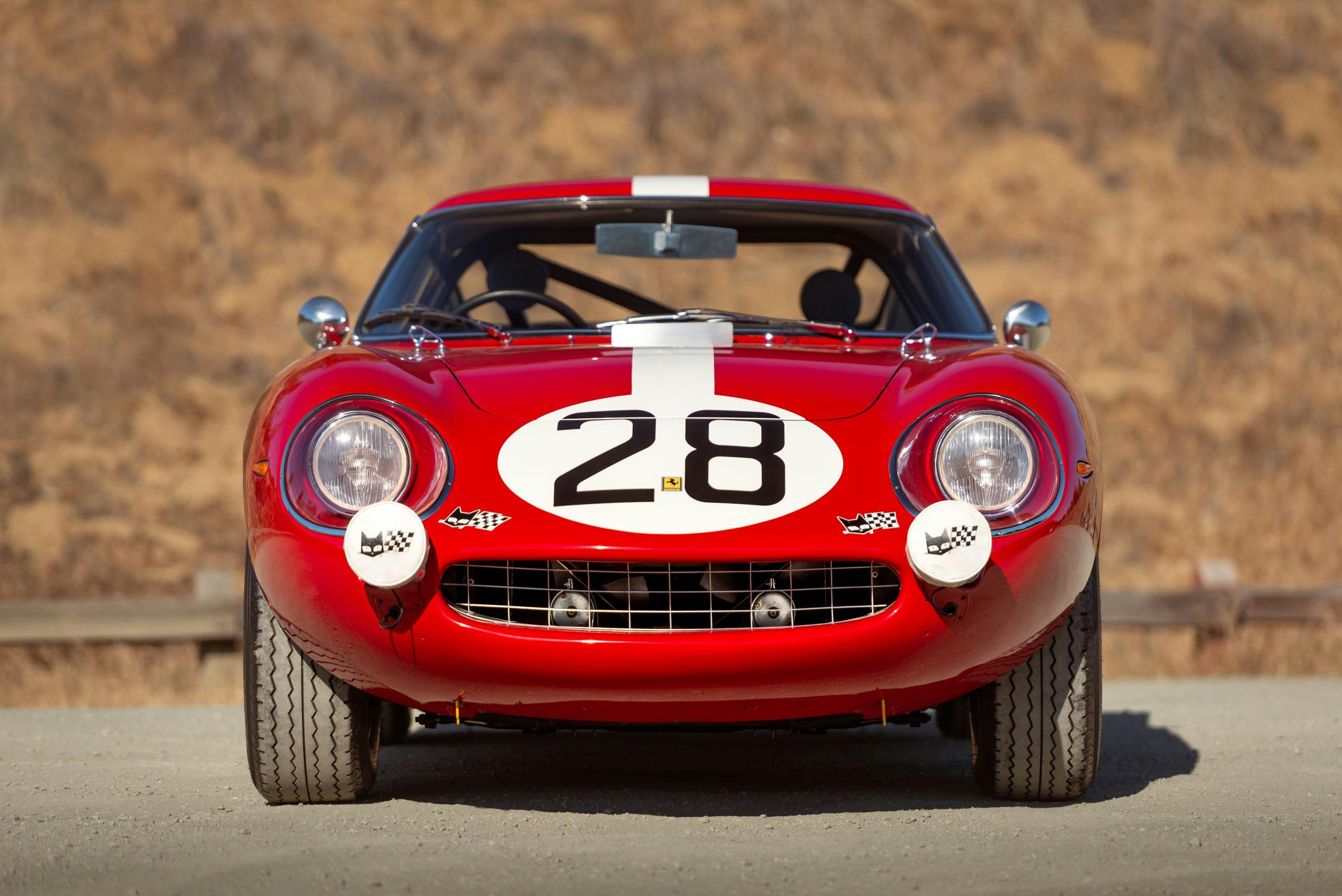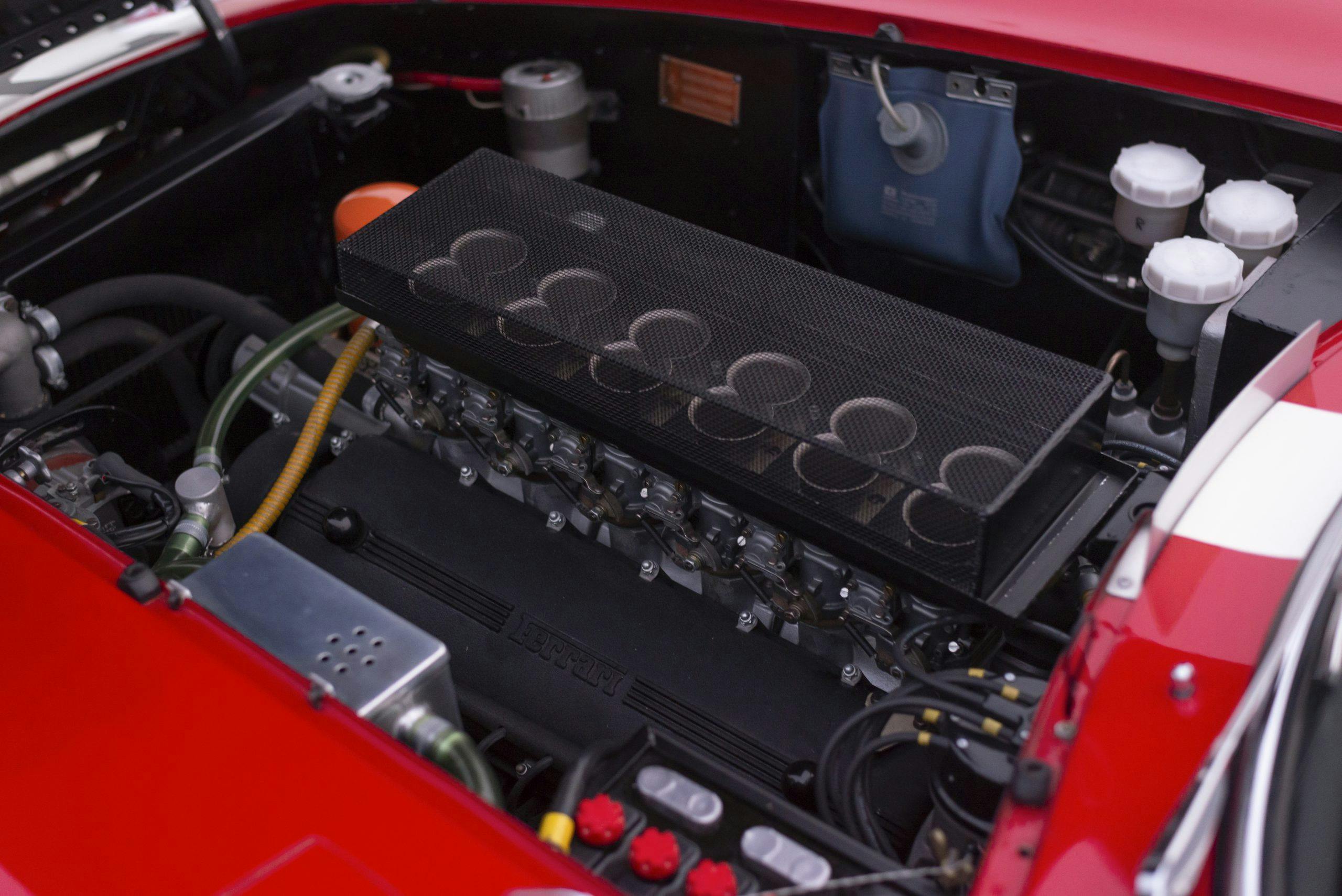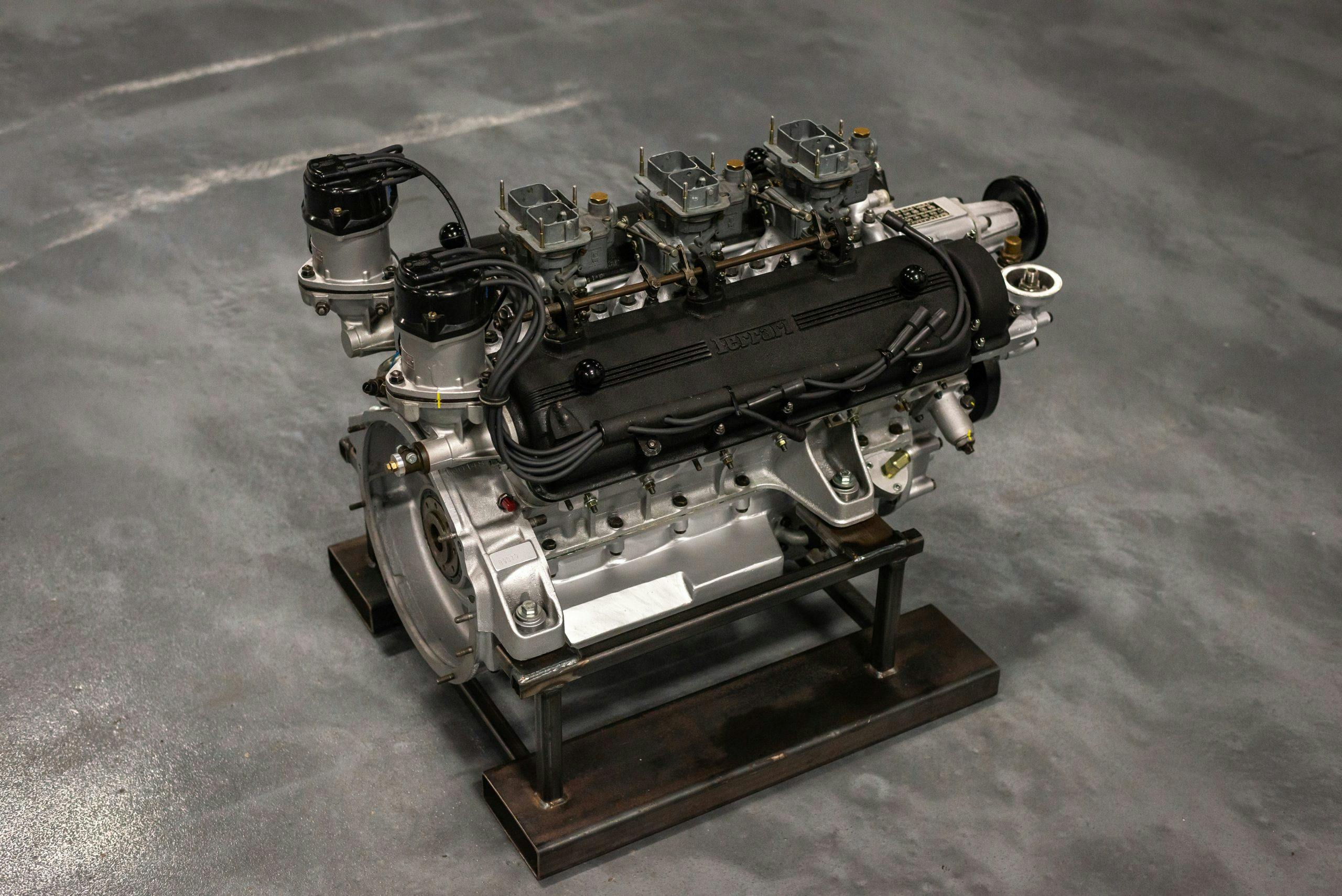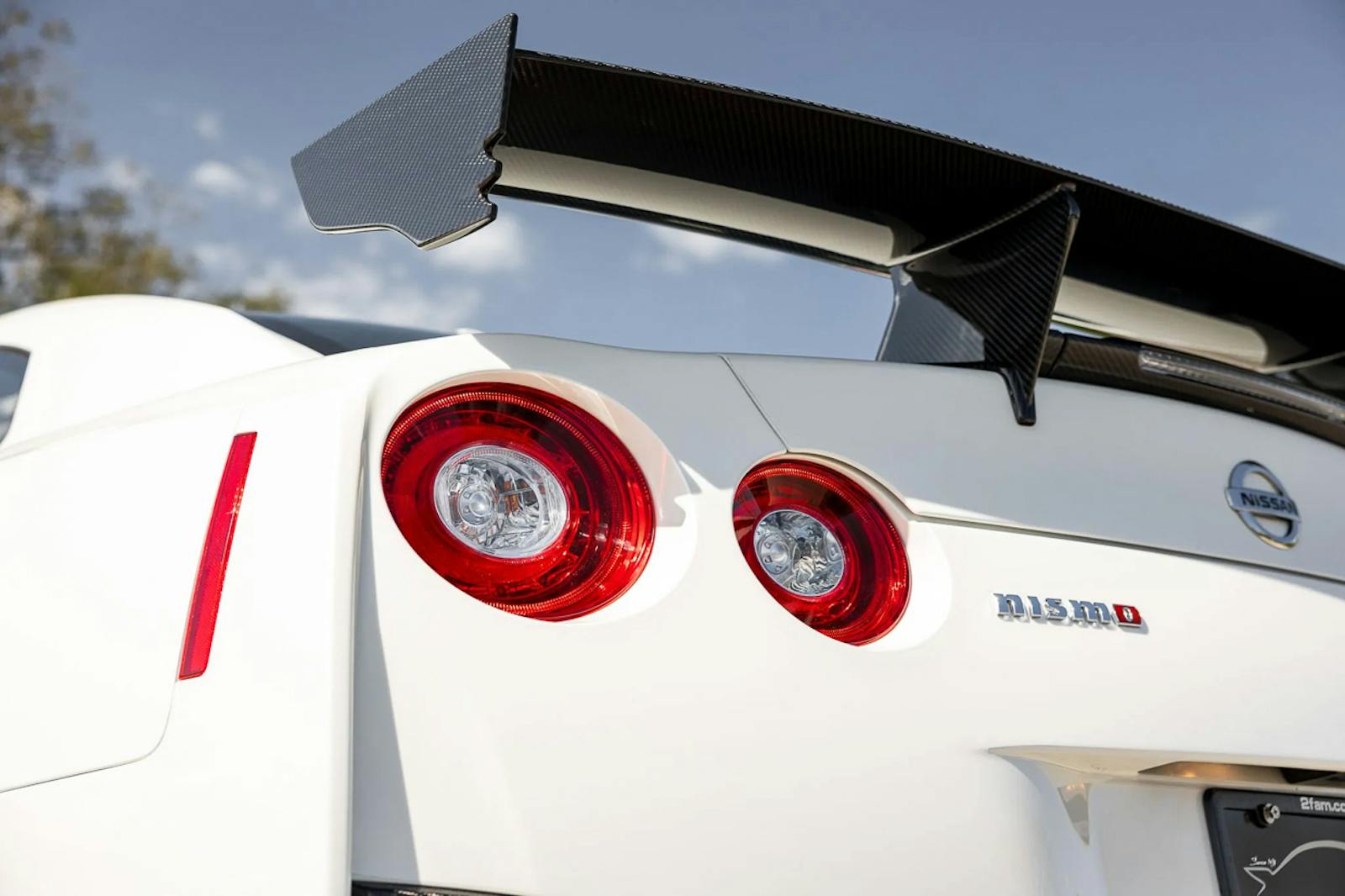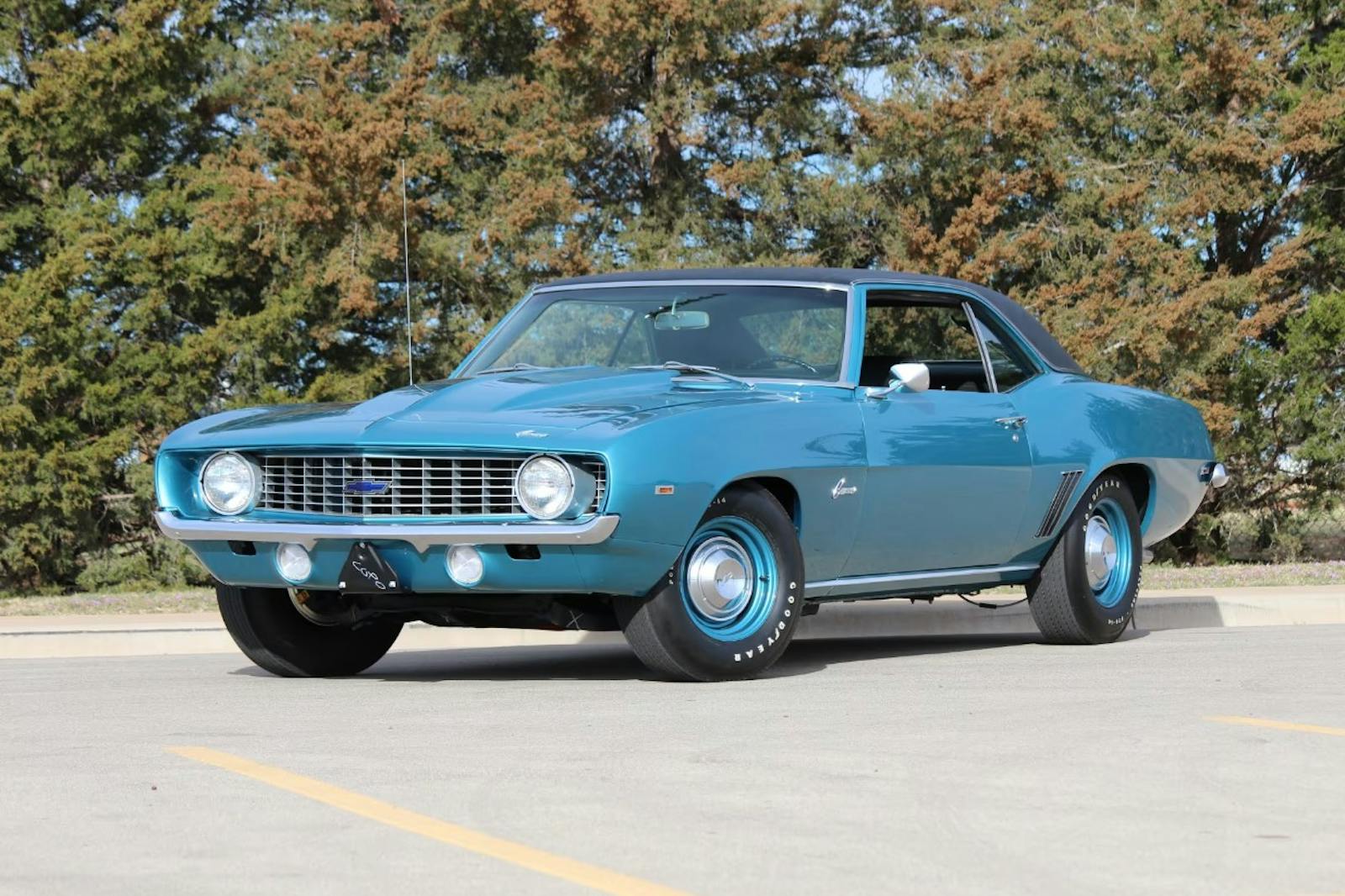Year in Review: Top-tier collectors were still pretty picky in 2021
In Monterey, historic Ferrari competition cars selling for millions of dollars is simply par for the course. It happens almost every year, sometimes more than once, and often it’s one of Enzo’s racers headlining all of Car Week. This just doesn’t happen as much at other major auction events, and Monterey provides a rare glimpse into the highly influential segment of the market that is vintage Ferraris. It’s just part of why these auctions are so important.
This race-winning 275 GTB Competizione was one of the most anticipated cars at any auction in 2021, and its $7,705,000 final price certainly made it one of the most expensive. That said, it didn’t set any records, didn’t meet its presale estimate, and was only the fifth most expensive car on the peninsula last August.
What really drew us to this car wasn’t that it sold for $7.7M, but that it didn’t sell for more.

The car, Chassis 08079, is among just a dozen second-series Ferrari 275 GTB/Cs built, boasting a 250 LM-type dry-sump engine, upsized rear wheels, Plexiglas side and rear windows, lightened chassis, and paper-thin aluminum bodywork half as thick as a standard alloy-bodied GTB. While not an all-conquering gran turismo on track like some of its predecessors, the GTB/C was nevertheless both competitive and gorgeous. It was also the last GT built by Ferrari’s in-house competition department.
Like many significant multi-million-dollar Ferraris, 08079 has a detailed and well-documented history. In period, it went straight from Maranello to Swiss outfit Scuderia Filipinetti, one of just four factory-supported privateer teams. Its first and most significant success came at the 1967 24 Hours of Le Mans, where it finished 11th overall and first in class. That win marked the third time in a row a GTB took class honors at La Sarthe and, more importantly, put this car into a very exclusive club of Le Mans-winning Ferraris. Scuderia Filipinetti soon sold 08079 on to another privateer racer, who failed to finish with the car at Le Mans in 1968 and again in 1969, but did manage to take class victories at both Spa and Imola. By 1970, it was in the States and passed through a string of American owners.
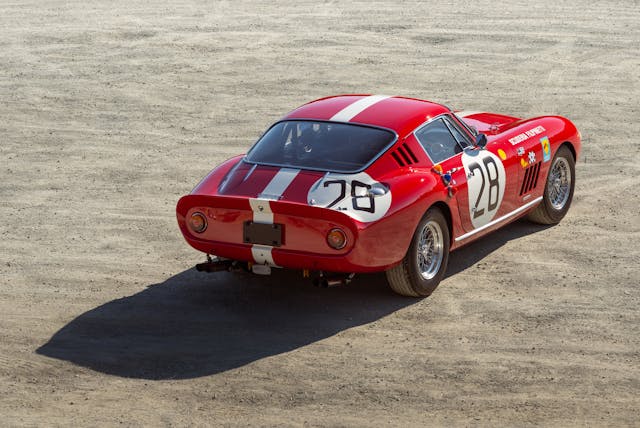
After sustaining damage in an unfortunate Los Angeles garage fire in 1985, 08079 was restored and rebodied in correct thin-gauge aluminum. It was an active historic racer in the 2000s and early 2010s, then went to GTO Engineering in England for further restorative work and received its all-important Red Book from Ferrari Classiche in 2013. The consignor in Monterey 2021 acquired the car back in 2015 and reportedly had over $750,000 in additional work done to the car to have it “optimally prepared for vintage racing,” including an upgraded engine and transaxle (the originals are still with the car).
In a white-hot market where nearly everything is more expensive than it was just a couple of years ago, we were a bit surprised when we flipped through our notes and found this Ferrari’s last trip across an auction block. Back in 2015, it sold in Scottsdale for $9,405,000 and was the second most expensive car at that year’s Arizona auctions, a chunk behind the ex-Scuderia Filipinetti Ferrari 250 LM that claimed $9.6 million.
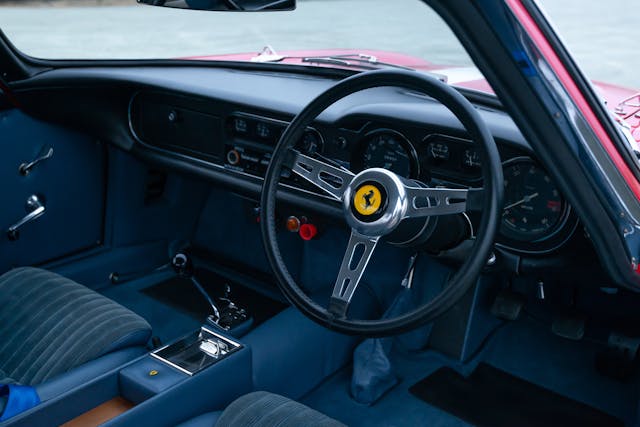
It hasn’t seen heavy use with just 1847 km (1148 miles) more on the odometer since 2015, and has had plenty of money spent on it over the past six years, so why did the seller have to take a seven-figure haircut while everyone’s talking about how hot the market is?
Easy—historically significant cars like this tend to do much better at auction when they’re “fresh to market.”
Emerging from long-term ownership and into public sale for the first time in many years—or ever—adds a layer of excitement and exclusivity. Collectors who spend high seven figures want more than a historically significant, beautifully presented car—they want exclusivity. A rare, possibly once-in-a-lifetime buying opportunity for a real piece of history, not to mention a chance to drive or show the car at events where it may never have been seen before. That excitement inevitably wears off if the same car hits the open market again only a few years later.
We saw this come into play several times at Monterey this year. An all-original 1956 Maserati A6G/54 by Frua made headlines back in 2015 as one of the greatest-ever barn finds when it was discovered in France. Among all the buzz, it sold at auction that year for $2.2M. But despite being made road-ready at considerable expense and completing the California Mille earlier in 2021, it was a no-sale when it crossed the auction block in Monterey. Similar story for a Lightweight E-Type Continuation car: The first Lightweight Continuation built and the first one offered for public auction, it sold for $1.71M in October 2020. Less than a year later at Monterey 2021, it brought just $1.05M. In contrast, consider that a Bugatti Type 35B that brought $5,615,000, a record price for the model. No doubt, a nice car, but what really made it stand out was that the jaded bidders in the room hadn’t seen it before.
It’s a reminder that this part of the market doesn’t necessarily play by the same rules as everything else. Rapid appreciation and easy flips have been a common sight since 2020; but cars in the million-plus tier have remained relatively steady.
In a time when there are more buying opportunities and more accessible information about vehicles than ever, it seems high-end bidders are willing to chase only the vehicles they—and their friends—haven't had an opportunity to buy before.
